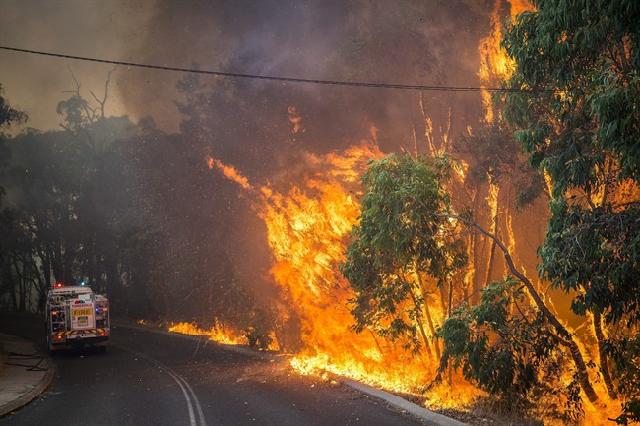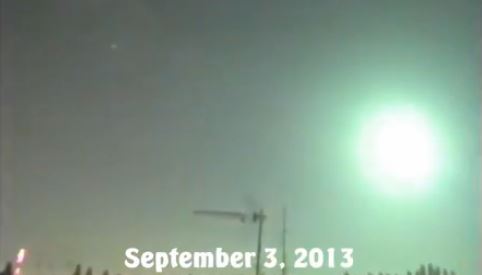
© AP Photo/Department of Fire and Emergency Services, Evan CollisIn this image released by Department of Fire and Emergency Services, a wildfire burn trees and bushland along a roadside in Perth Hills in western Australia on Sunday, Jan. 12, 2014.
A fast-moving wildfire destroyed at least 27 homes in western Australia's Perth, officials said Monday, with one man dying as he prepared for the approaching inferno.
The blaze, thought to have been started by a fallen power line in the city's wooded outskirts on Sunday, was fanned by hot, strong gusts that saw 20-metre (66-foot) flames tear through residential streets.
"It has been confirmed that 27 homes have been lost at this stage, but this number is expected to increase as damage assessments continue throughout the day," Western Australia state's fire and emergency services department said.
The ambulance service said a man, aged 62, had died after collapsing on the roof of his house as he prepared for the oncoming blaze.
"St John('s Ambulance) responded to the incident but was unable to access the roof," it said.
"Despite assistance from the Department of Fire and Emergency Services in getting onto the roof, the man passed away at the scene."
Hundreds of residents fled their homes for evacuation centres and were anxiously awaiting news Monday. Some said they'd had only seconds to escape.


Comment: See also: Take cover! Meteor fireballs rain down across U.S. - Outbreaks of wildfires reported